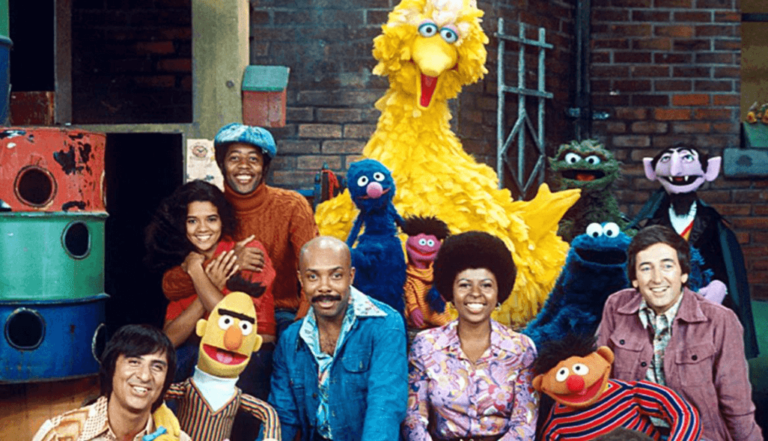The History of Animation in Movies: From Hand-Drawn to CGI
The evolution of animation in cinema reflects a significant transformation in artistic and technological approaches. Early innovations, characterized by hand-drawn methods, laid the foundation for a burgeoning medium. The emergence of synchronized sound marked a pivotal shift, particularly with Disney’s contributions. As the digital age dawned, CGI revolutionized storytelling possibilities. This interplay between tradition and technology continues to shape the landscape of animation, raising questions about the future of narrative forms and viewer engagement.
The Birth of Animation: Early Innovations and Silent Films
The emergence of animation in cinema marked a pivotal moment in the evolution of storytelling, blending artistry with technological innovation.
Early pioneers like J. Stuart Blackton and Emile Cohl created silent shorts that captivated audiences through imaginative visuals.
These foundational works established animation as a legitimate form of artistic expression, paving the way for future developments and enriching the cinematic landscape with dynamic storytelling possibilities.
See also: The Future of Movies: Trends to Watch in Film and Technology
The Golden Age of Animation: Disney and the Rise of Feature-Length Films
While the early innovations of animation laid the groundwork for its artistic potential, the Golden Age of Animation, particularly marked by the influence of Walt Disney, revolutionized the medium by introducing feature-length films that captured the imaginations of audiences worldwide.
Disney innovations such as synchronized sound and vivid storytelling set feature-length milestones, transforming animation into a respected art form that resonated deeply with diverse viewers.
The Transition to Digital: The Advent of CGI and New Techniques
As technology advanced, the animation industry underwent a significant transformation with the introduction of computer-generated imagery (CGI), which redefined the possibilities of visual storytelling.
The digital revolution ushered in innovative CGI techniques, enabling artists to create complex, immersive environments and characters that were previously unimaginable.
This shift not only enhanced visual fidelity but also expanded narrative scope, allowing for richer, more dynamic cinematic experiences.
The Modern Era: Blending Artistry and Technology in Animation
Animation in the modern era exemplifies a harmonious fusion of artistry and technology, where traditional craftsmanship meets cutting-edge digital innovation.
The integration of virtual reality and interactive storytelling has revolutionized character design, enabling immersive experiences. Advanced animation techniques and visual effects enhance narratives, while artistic collaboration among creators fosters originality.
This synergy redefines the boundaries of animated storytelling, offering audiences unprecedented creative freedom and engagement.
Conclusion
The history of animation in movies reflects a transformative journey akin to a river carving its path through diverse landscapes. From the rudimentary strokes of early pioneers to the intricate worlds crafted by modern CGI, each era contributed to a rich tapestry of visual storytelling. As technology continues to evolve, animation not only preserves its artistic roots but also embraces innovation, enabling new forms of narrative expression that resonate with audiences across generations.




